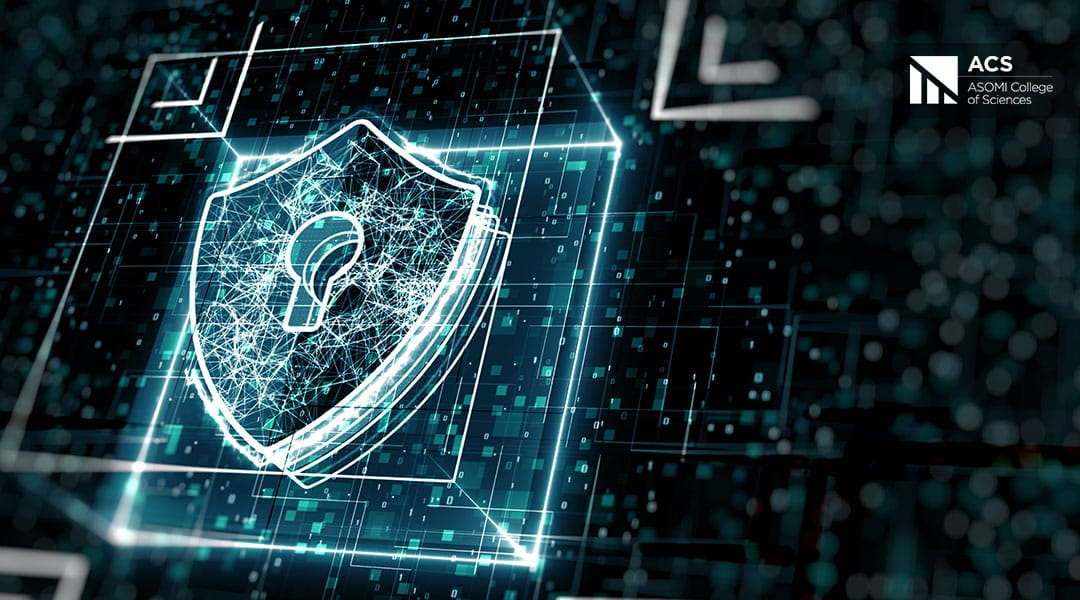Data security is, with no doubt a crucial issue. But, when it comes to higher education institutions, it is even more important to adopt the right measures for keeping sensitive information safe because cyber-attacks pose business risks to vulnerable colleges and universities.
Cyber-security attacks: a real menace to higher education institutions
Firstly, there are several types of cyber-attacks menacing higher education institutions. Phishing and ransomware attacks are the most widespread and thus, higher education institutions have to get prepared in terms of cyber-security. Ransomware attacks compromise students’, staff, and faculty’s sensitive data. Alongside with data- and credential theft also is a common threat. In addition, improperly secured and aside-left networks that house data and IP might become vulnerable not only for institutions but also on behalf of industry data. Higher education institutes often store sensitive information on corporations as well as the government. Therefore, cyber-attacks may cause, at the least, the unavailability of learning management and other similar systems. But, in the worst cases, it causes serious business risks to colleges and universities. The types of cyber-attacks in higher education institutes may vary but one is sure: they may have short or long-term effects and the positions of institutions under attack may be seriously threatened.

Why are higher education institutes easily vulnerable to cyber-attacks?
Higher education institutions are perfect targets for cyber-attacks and fraud for several reasons; besides, the most relevant one is that IT professionals do not take part in the cabinet. First, as already mentioned, the institutions store a large amount of valuable data, but, in addition to that, they lack a centralized up-to-down structure and several faculties in different branches might be responsible for the security. This makes the higher education institutions extremely vulnerable also because their data is often secured in different locations: besides keeping it in different branches and faculties it may be stored also in administration or alumni offices, in university offices statewide, or various other places.
Another problem is that the IT professionals are often cut out from the cabinet and thus are left out from meetings and decision-making progress. Institutional leaders already have a lot of responsibilities regarding their everyday work. While managing the institutions, IT issues seem a far-away matter. Also, people working in high positions in universities and colleges often have an academic background that is often not intertwined with topics regarding the IT-sphere.
Repositioning CIOs and the usage of CDPR by the Data Protection Officer
The CIOs (Chief Information Officers) should thus become members of the cabinet in every university, and they should implement some practical solutions for securing the data. They should be the ones able of raising the right IT issues like cyber-security. To gain the involvement of all faculty members, the conversation on these issues should be in terms of enterprise risk management. Practical advice includes the packing up of data and keeping it offline for some time. Moreover, managing access controls and controlling the network traffic as well as inserting two-factor authentication should be actions to take when it comes to improving cyber-security in colleges and universities.
Simultaneously, GDPR the General Data Protection Regulation has to comply with data protection. Therefore, a Data Protection Officer should be appointed, and the latter should make both students as well as the rest of the faculty members aware of risks that occur when disposing of their data. The main tasks of the Data Protection Officer include monitoring and auditing the data; besides, in this case, authentication and authorization become key elements. The first is necessary for the institution in identifying the users and the second one for guaranteeing that the users have access only to what they need and not to any other kind of information.
ACS and cybersecurity
ASOMI College of Sciences enforces its cybersecurity measures frequently. ACS makes sure that the entire faculty data is conserved in the securest of manners.
Conclusively
In conclusion, universities and colleges store a lot of precious data varying from personal information belonging to students and faculty members to sensitive data of corporations and even the government. Besides, several factors render higher education institutions easily vulnerable to cyber-attacks thus CIOs should, with no doubt, partake in cabinet councils and data protection should be managed by an appropriate officer and while being complied with the GDPR.




